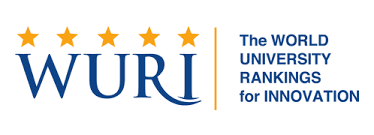

Jakarta – The LSPR Research, Publication and Community Service Institute (LP3M) held a Public Service Outcome Training on the Results of Community Service Activities in the Form of Journal Articles and Proceeding Articles on Thursday, August 12, 2021. The event was intended for permanent lecturers at IKB LSPR and was held online via zoom from 9:00 a.m. to 11:30 a.m. This training is continuous with the implementation of the LSPR Village Literacy community service program.
The event was opened by remarks from Mr. Rudi Sukandar Ph.D as the Director of LP3M LSPR. He said that this event was an effort to improve the quality of lecturers at LSPR in making publications for community service activities. Moderated by Mrs. Rani Chandra Oktaviani, M.Si as the Head of LSPR Community Service, this event invited two experts in the field of journals as speakers.

Prof. Rajab Ritonga, M.Si as speaker
The first speaker was Prof. Rajab Ritonga, M.Si as Professor of LSPR, Founder of the Association of Community Service Journals (AJPKM). He explained about scientific publications, scientific journals and community service journals. Prof. Rajab also explained the difference of writing journal articles and proceeding articles structure from the results of community service activities. Both have almost the same structure with the most obvious difference being in the number of pages. Journal articles consist of 10-15 pages, while proceeding articles only consist of 5-10 pages.

Dr. Uwes Fatoni as speaker
The presentation of the next material by Dr. Uwes Fatoni as the Supervisory Board of the Association for Community Service Journals. He explained the crucial points as well as tips and tricks for making articles from community service that could be accepted in community service journals. Dr. Uwes said “It should be noted that the template and the writing order are different.” In addition, he said that what is often not shown in writing is the type of method used.

Photo session with all participants
The event was followed by a question and answer session by the lecturers with the two resource persons. Finally, before the group photo session, a virtual certificate was given to both speakers and moderators.
Article by: Hani












